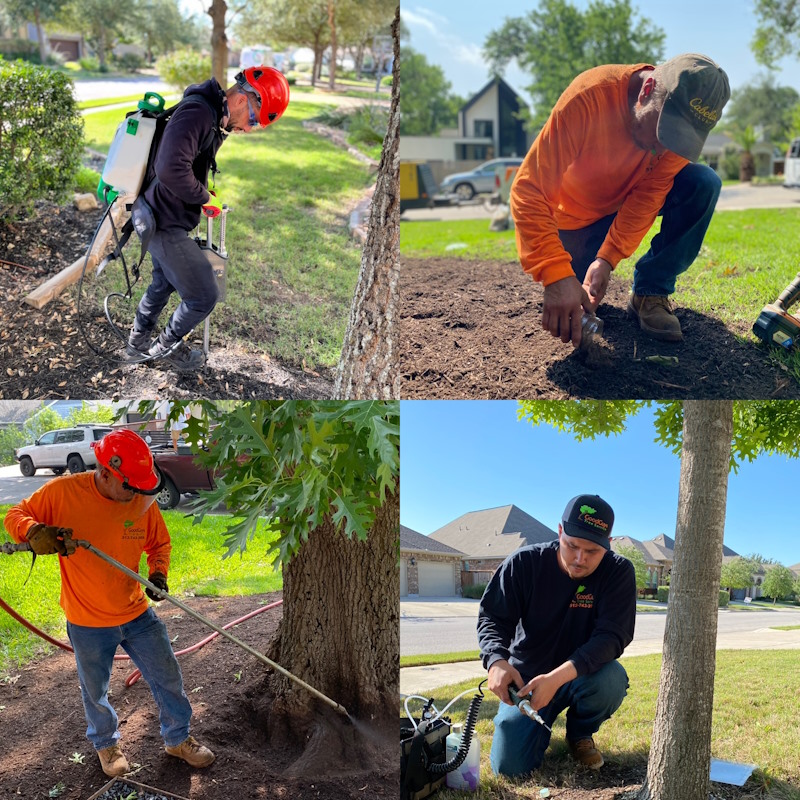In the spring, trees with problems become highly visible. Dead branches among the green can signify a tree in trouble.
Nobody likes to cut down a tree – they contribute to cleaner air, keep soil from eroding, provide shade and increase property values. But a dead or diseased tree can be dangerous to people and property. Before making this difficult decision, it’s important to assess the situation carefully. Here are some guidelines to make the process a bit easier.
Identify the amount of damage
Begin by checking the tree’s trunk for damage. Look for vertical cracks, large wounds, and stubs of dead branches. Any of these can signify internal decay. Trees can heal small amounts of damage over time. However, if the damaged area covers more than one quarter of the trunk’s circumference, it’s best to remove the tree.
Some trees can survive for years despite a partially hollow trunk. A hollow trunk, however, will compromise the tree’s ability to withstand heavy winds and make it dangerous to surrounding structures. As a rule of thumb, if one third of the tree trunk is hollow, the tree should be removed.
Assess the danger
Bumpy nodules on bark or leaves, dead branches, or the appearance of fungus are all possible signs of disease. If your tree is diseased, seek the advice of a professional. Some diseases, when caught early, can be managed. But if your tree is too weakened, it can easily drop heavy limbs, or even fall down. At this point, it will need to be removed.
Large dead branches present a serious danger and should be removed. Branches that rub against each other or cross should also be trimmed away. If less than one quarter of your tree’s branches are dead, professional pruning will probably be enough. But if more than a quarter of the branches are damaged, it’s time to consider eliminating the entire tree.
Lopsided or leaning trees can also create hazards to people and property. A tree with dead branches on only one side is probably suffering from debilitating root or trunk damage. And if your tree has suddenly started to lean, it may have experienced serious damage or breakage to its roots. Without the proper anchor of a healthy root system, your tree is easily knocked down by severe weather conditions. This is extremely dangerous, and the tree should probably be removed.
Other points to consider
Perhaps your tree has some special sentimental value to you and your family. In this case, you may wish to consult a licensed arborist before making any decisions. If you’re willing to invest in regular pruning away of dead and diseased limbs, it’s possible that your tree may survive for years.
It’s also true that dead trees make great habitats for birds – and decaying trees add vital nutrients to the soil. If you have an especially large yard, and your tree isn’t victim to contagious diseases or spreading insect infestations, you may wish to have it cut down and allow it to decompose naturally. Just remember to keep logs away from structures to avoid the growth of mold or fungus in siding and other materials.
If you have any doubts or questions regarding the health or safety of your tree, consult a tree removal specialist. The decision to remove a tree is never an easy one. But when a dead or dying tree presents a danger to people, property, or other trees in the area, removal may be the only safe option.







